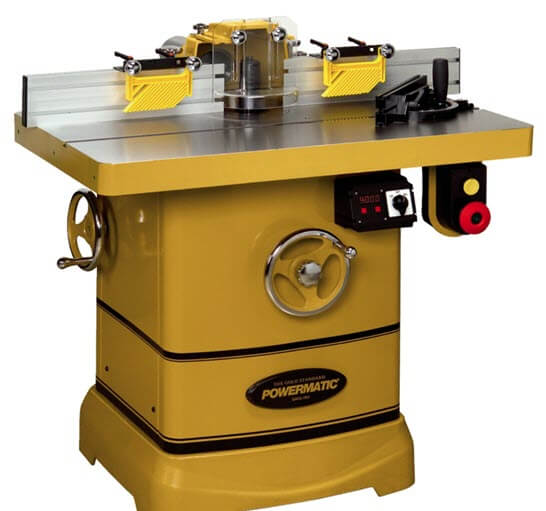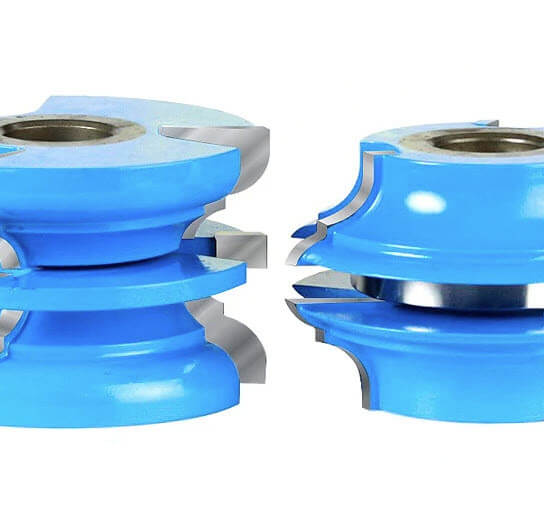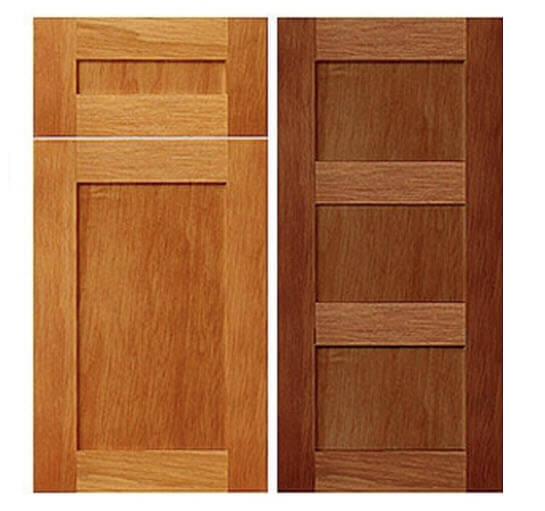
What is a Shaper Machine?
A shaper machine and a table router are both woodworking tools, but they have different uses and "operational mechanisms" (meaning, they work differently).
A shaper machine is a type of machine tool used primarily in metalworking, though it can also work with other materials like wood and plastic. Its main function is to produce flat surfaces, grooves, and contours by removing material from a workpiece with a single-point cutting tool. Sounds like a router, right?
Not quite.
Bottom line, the difference lies in their mechanism (reciprocating single-point cutting tool for shapers versus rotating bit for routers) and their typical applications (shaping and slotting for shapers, versus a wide range of woodworking tasks for routers).
Here's a detailed explanation of a shaper's components and operation:
Shaper Machine
- Function: A shaper machine is used primarily for producing flat surfaces, slots, and grooves in a workpiece. It uses a single-point cutting tool that moves linearly.
- Design: It typically consists of a base, column, table, ram, and tool head. The ram holds and drives the cutting tool in a reciprocating motion (back and forth).
- Operation: The workpiece is mounted on the table, and the cutting tool shapes the material as it moves linearly. The depth of cut is controlled by moving the workpiece against the tool.
- Capacity: Generally, shaper machines are suitable for larger and heavier workpieces.
- Versatility: They are less versatile than routers and are primarily used for specific tasks like shaping and slotting.
Table Router
- Function: A table router is used for a variety of woodworking tasks including shaping edges, creating joints, and hollowing out materials. It uses a rotating cutting tool called a router bit.
- Design: It consists of a flat table with a router mounted underneath. The router bit protrudes through a hole in the table.
- Operation: The workpiece is moved across the table, and the rotating bit shapes the material. The depth and shape of the cut are determined by the type of router bit used.
- Capacity: Table routers are generally used for smaller, more detailed work.
- Versatility: They are highly versatile and can be used with a wide range of bits for different cutting, shaping, and finishing tasks.
Is a Shaper Machine Better Than a Table Router?
A shaper machine is generally better than a table router in the following contexts:
- Handling Large or Heavy Workpieces: Shaper machines are more robust and stable, making them better suited for working with large, heavy pieces of wood or metal. Their solid construction provides the necessary support and precision for shaping bigger workpieces.
- Deep Cuts and Grooves: Shaper machines are designed to handle deeper cuts with more precision. If your project requires deep slots or grooves, a shaper machine can accomplish this more efficiently than a table router.
- High Volume Production: In industrial settings where high volume production is required, shaper machines are often preferred. They are built for continuous, heavy-duty use and can maintain accuracy and consistency over prolonged periods.
- Specialized Cuts and Shapes: For certain specialized cuts, such as intricate profiles or specific shapes that require a single-point cutting tool, a shaper machine is more suitable. It can provide a higher level of control for these specialized applications.
- Material Hardness: Shaper machines are generally more capable of handling harder materials. While routers are excellent for wood, shapers can often handle a broader range of materials, including some metals, due to their more powerful motors and robust build.
- Surface Finish: For some applications, the finish provided by a shaper tool can be superior, especially when dealing with larger flat surfaces.
- Tool Stability and Vibration Reduction: Shaper machines offer greater stability and less vibration compared to routers, which can be crucial for precision work and for ensuring a high-quality finish.
While shapers excel in these areas, it's important to note that they are typically less versatile than routers. Table routers are more suited for detailed work, complex shapes, and a wider range of small to medium woodworking projects.
The choice between a shaper machine and a table router ultimately depends on the specific requirements of the project at hand.
Components of a Shaper Machine
- Base: The foundation of the machine, providing stability.
- Column: Supports the ram and provides a guide for its movement.
- Table: Holds the workpiece; it can be adjusted vertically to accommodate different sizes of work.
- Ram: Houses the cutting tool and moves it in a linear reciprocating motion.
- Tool Head: Holds the cutting tool and can be adjusted to control the depth and angle of the cut.
- Cross-Slide and Saddle: These components allow for precise horizontal and vertical movements of the workpiece.
How a Shaper Machine Works
- Cutting Action: The ram moves the cutting tool back and forth over the workpiece. The cutting action occurs during the forward stroke, while the return stroke is non-cutting.
- Feeding the Workpiece: The workpiece is mounted on the table. The table can be moved horizontally (left or right) and vertically (up or down) to feed the workpiece against the cutting tool.
- Depth of Cut: The depth of cut is controlled by adjusting the tool head, dictating how deep the cutting tool penetrates into the workpiece.
- Creating Shapes: By adjusting the movements of the table and the ram, different shapes like grooves, slots, and contours can be machined into the workpiece.
Applications of a Shaper Machine
- Flat Surfaces: Creating flat surfaces on metal, wood, or plastic.
- Grooves and Slots: Machining grooves or slots in workpieces.
- Complex Shapes: Cutting irregular shapes and contours, especially in metalworking.
- Keyways: Cutting keyways in gears or shafts.
Shaper machines are particularly useful in tool and die making, and in machining prototype and specialty parts. While they have been somewhat superseded by CNC milling machines and other more advanced equipment in many industrial applications, shapers are still valued for their:
- simplicity
- effectiveness
- and ability to handle tasks that require a straight-line cutting motion.





